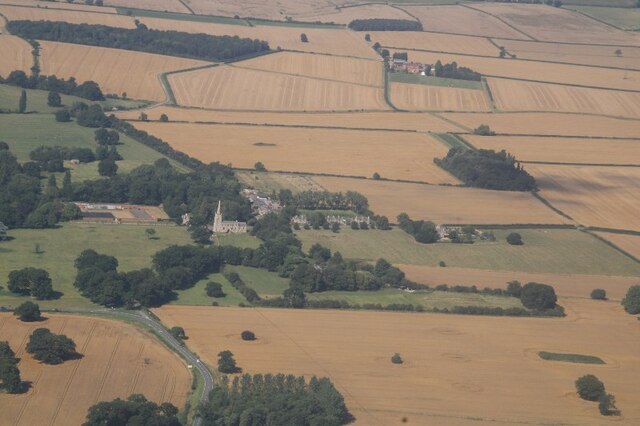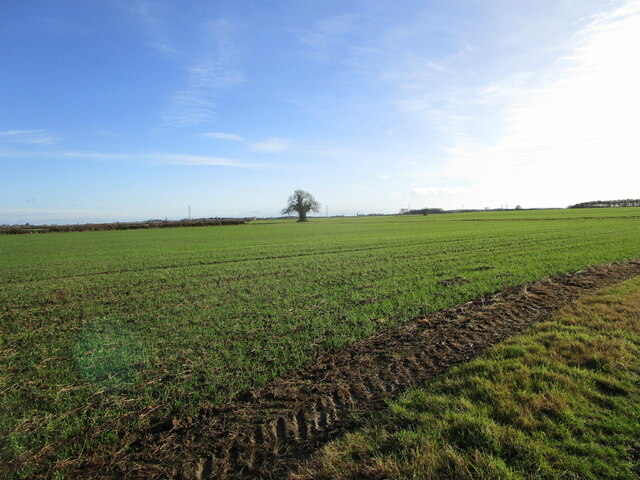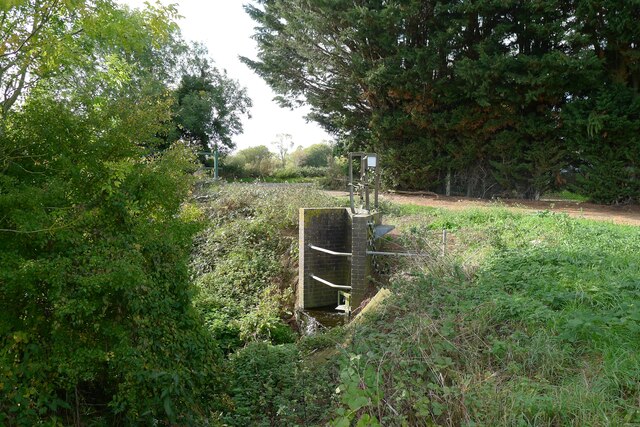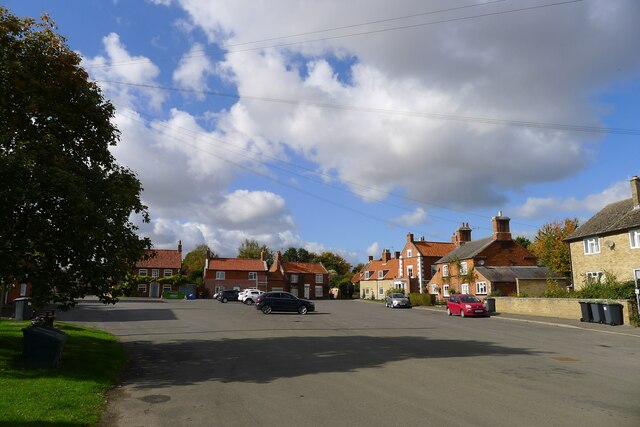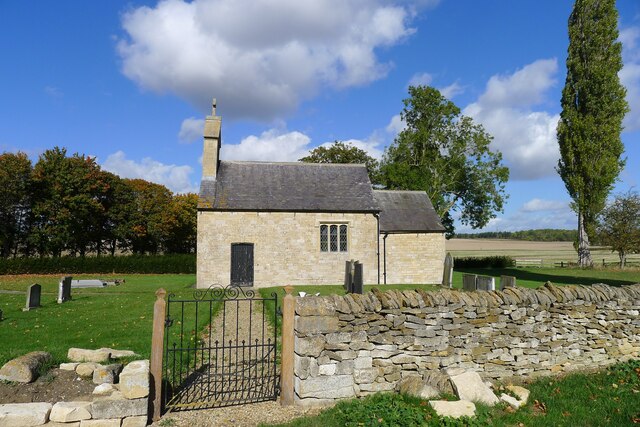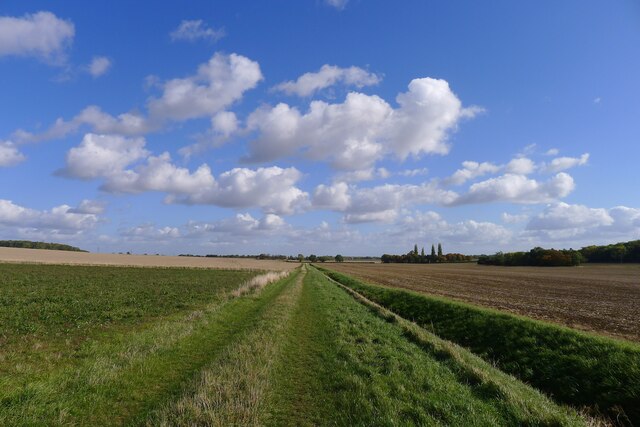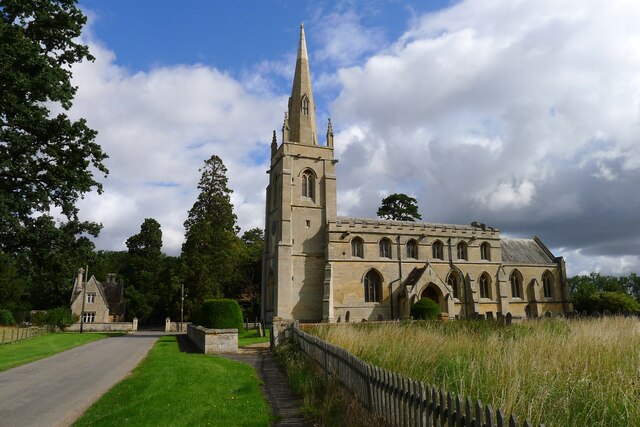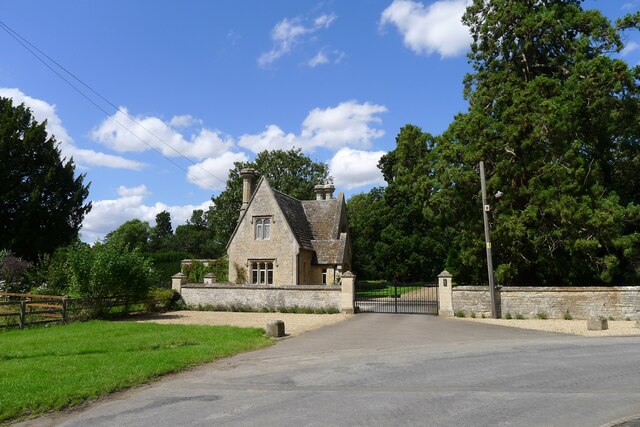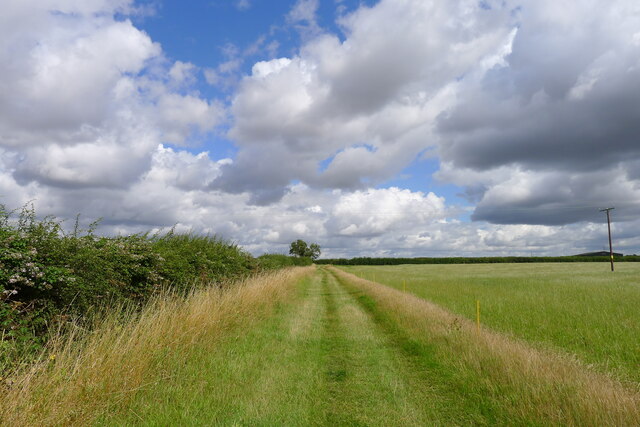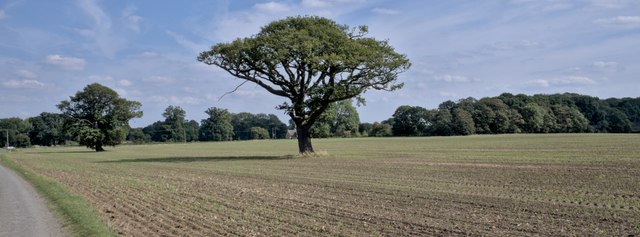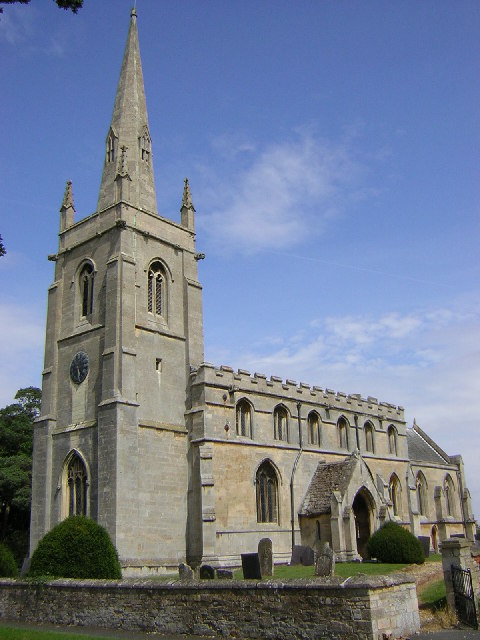Clay's Plantation
Wood, Forest in Lincolnshire North Kesteven
England
Clay's Plantation
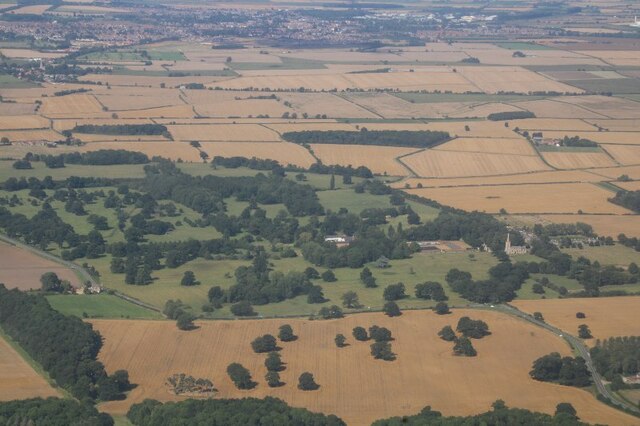
The requested URL returned error: 429 Too Many Requests
If you have any feedback on the listing, please let us know in the comments section below.
Clay's Plantation Images
Images are sourced within 2km of 52.937192/-0.42547418 or Grid Reference TF0538. Thanks to Geograph Open Source API. All images are credited.
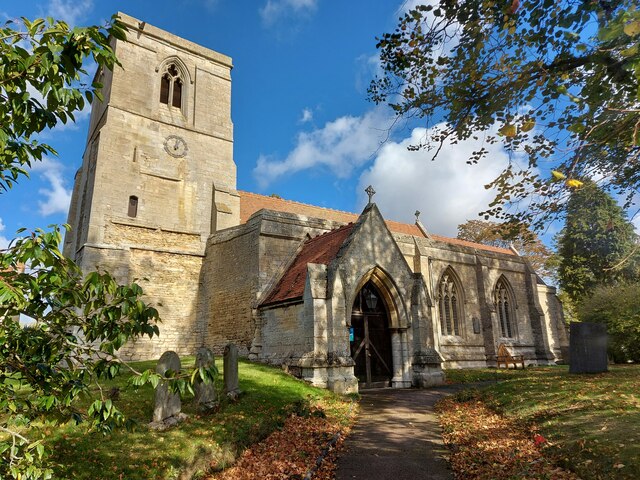
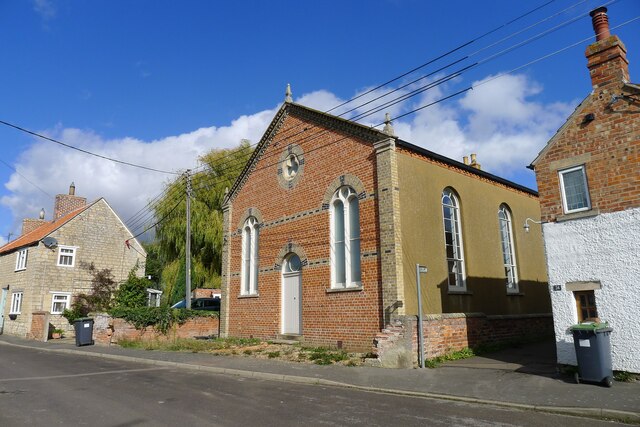
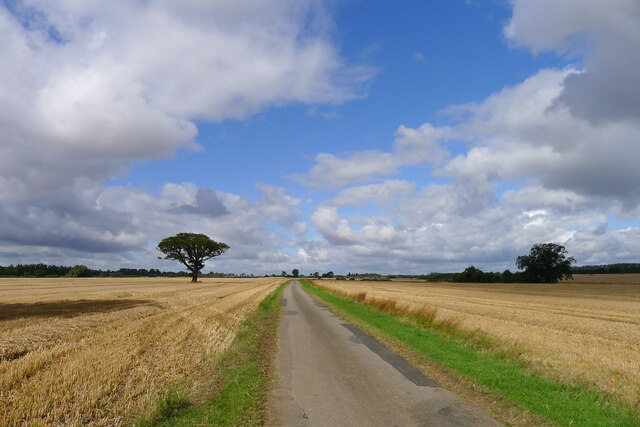
Clay's Plantation is located at Grid Ref: TF0538 (Lat: 52.937192, Lng: -0.42547418)
Administrative County: Lincolnshire
District: North Kesteven
Police Authority: Lincolnshire
What 3 Words
///swan.recitals.shared. Near Sleaford, Lincolnshire
Nearby Locations
Related Wikis
Aswarby
Aswarby () is a village in the civil parish of Aswarby and Swarby, in the North Kesteven district of Lincolnshire, England. It is 3.5 miles (5.6 km) south...
Osbournby
Osbournby (locally pronounced Ozzenby or Ossenby) is a small village and civil parish in the North Kesteven district of Lincolnshire, England. The population...
Aswarby and Swarby
Aswarby and Swarby is a civil parish in the North Kesteven district of Lincolnshire, England. Aswarby (pronounced locally as "as-r-bee") is the ecclesiastical...
Swarby
Swarby is a village and former civil parish, now in the parish of Aswarby and Swarby, in the North Kesteven district of Lincolnshire, England, approximately...
Nearby Amenities
Located within 500m of 52.937192,-0.42547418Have you been to Clay's Plantation?
Leave your review of Clay's Plantation below (or comments, questions and feedback).
